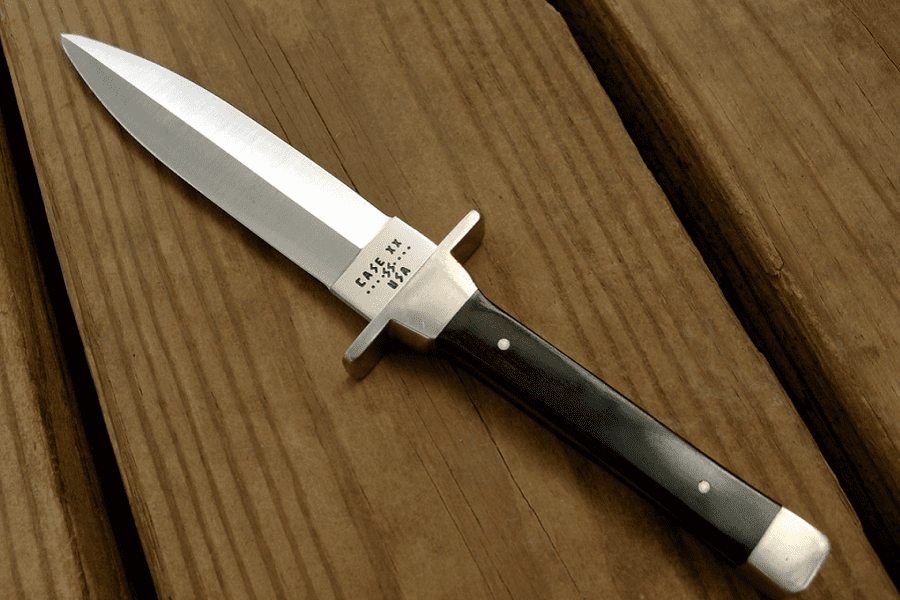A knife or blade can oftentimes be a useful tool, especially in certain jobs.
Whether working with a knife supplied by your employer, or your own blade, it is important to know how best to handle your knife to avoid a workplace injury. Understanding some simple knife handling safety practices can help you avoid hazards and serious injury.
If you follow some of the following ideas, you should be able to use your knives confidently and safely. Remember, no knife is a toy, and should never be treated as such.
Keep Your Knives And Blades Sharp
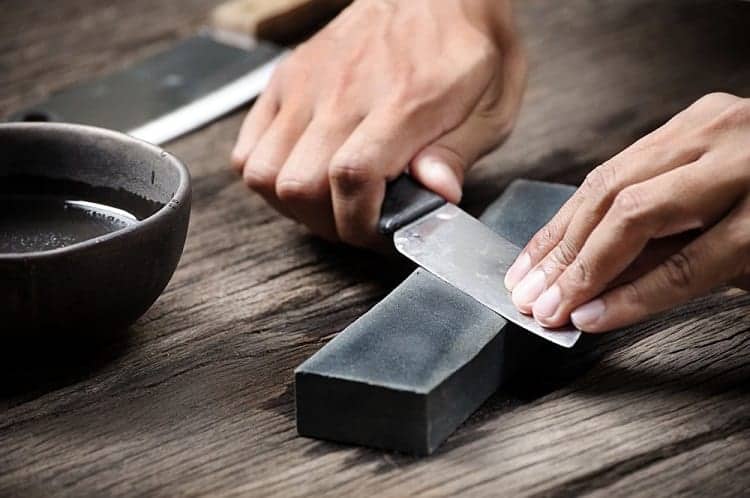
Keeping your blades sharp is of the utmost importance. A dull knife is a dangerous item. Many people think that a sharp knife is more dangerous, but this is not true.
Of course, if the user is not handling a sharp knife properly, there is always the chance for injury but in a workplace environment, when the knives are being handled properly, a dull knife is a far greater hazard.
According to the University-of-Rochester Medical-Center, a dull knife requires greater pressure with which to cut. This creates a greater opportunity for the blade to slip.
Furthermore, a dull knife may contain microscopic burs and imperfections in the cutting surface. When a person experiences a cut from a dull knife, there is more damage done to the physical skin and flesh; this leads to a more painful injury and one that has a greater potential for infection.
A sharp, well-kept blade can perform its intended purpose more easily. By functioning better, it prevents accidents from happening. Always inspect knives before cutting. Make sure knives are sharp and clean.
Visually check that the blade is free of any chips, burrs, cracks or faults. If you find your blades are dull, sharpen before use. There are many ways to properly sharpen knives. We recommend consulting with the manufacturer’s guidelines for their advice in maintaining their product.
If using a professional sharpening service is available, this is highly recommended.
Use The Right Cutting Surface
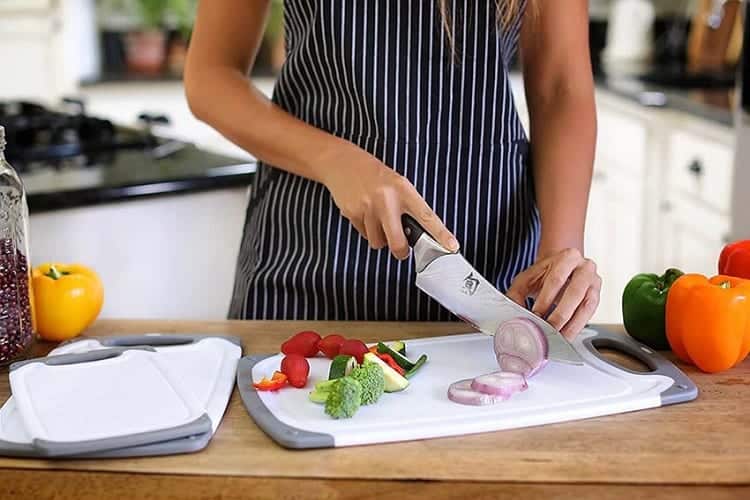
Depending on your cutting needs, it is always wise to cut on an appropriate surface. There are a number of professional surfaces designed for use in a multitude of cutting operations.
Everyone’s got a cutting board in their kitchen at home. These cutting boards don’t just protect your countertops, but they prevent knives from slipping, as well.
The best choices for kitchen applications, professional or home, are either plastic or wood. The material absorbs the cuts from the sharp edge of the knife, without allowing it to skid. It also prevents dulling of the knife itself.
In some applications, like cutting materials for sign making or carpet cutting, there are industrial-sized, self-healing cutting mats. Again, made from a soft polymer plastic that heals knife strokes over time, these mats prevent unintended knife movements.
When circumstances prevent the use of a cutting surface beneath an item, it is very important to be aware of any objects, body parts, or items beneath or behind the surface being cut.
Clawing It
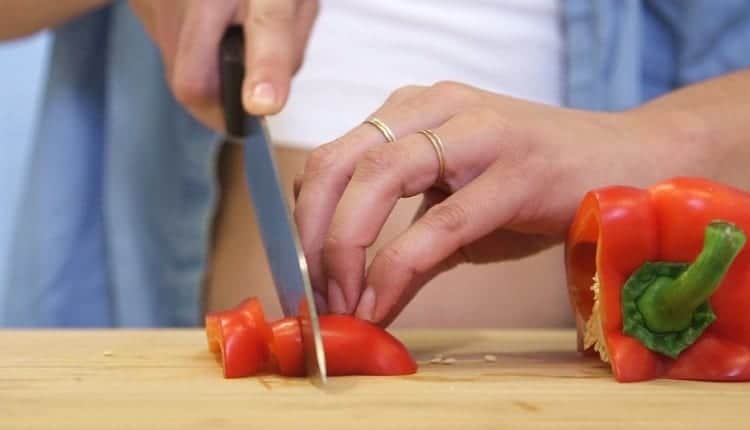
In food service, cooks are always taught to use the claw method.
This method ensures that no fingertips are accidentally nicked, even when moving quickly.
By tucking your fingertips under your knuckles, like a claw, you are able to hold the item. In this method, you can then guide the knife’s spine along with your knuckles without danger of injuring yourself.
Knife Safety For Hobbyists And Outdoorsmen
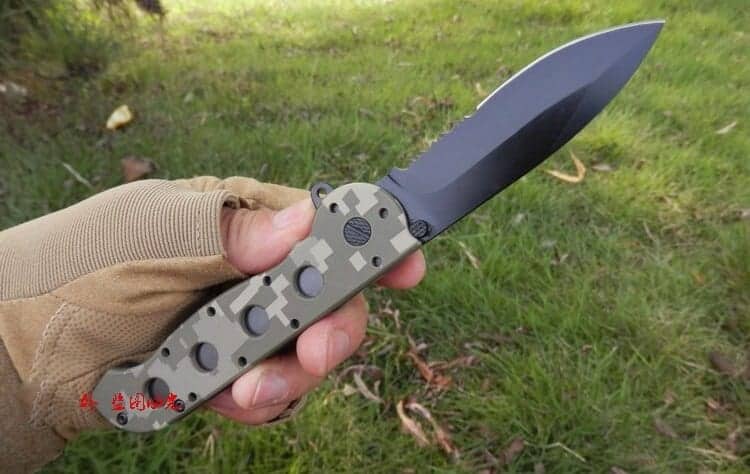
There are many kinds of knives used in hobbies and pastimes. A great deal of the knives and blades used in these applications are folding or compact.
Just like professional kitchen knives, it is extremely important to keep these knives properly sharpened. And equally important is making sure that the joints and inner workings of the knife are kept clean. A clean Folding Knife, is a much safer knife.
Nothing cleans a knife better than good, old soapy water and a toothbrush. Don’t worry about getting soapy water in the inner workings of the knife, just make sure you thoroughly rinse the knife after cleaning and allow to dry completely before closing.
One of the worst dangers for a folding knife is the development of rust, so always keep the blade and joints oiled. A rusty folding knife will not properly lock into place or unlock when appropriate.
Check with the manufacturer for specific directions in oiling. If no direction is available, use some 3-in-1 oil and a rag. Oil the joints, and then apply oil to the cutting edge and spine of the blade, wiping all excess off with the rag.
Handling A Folding Knife
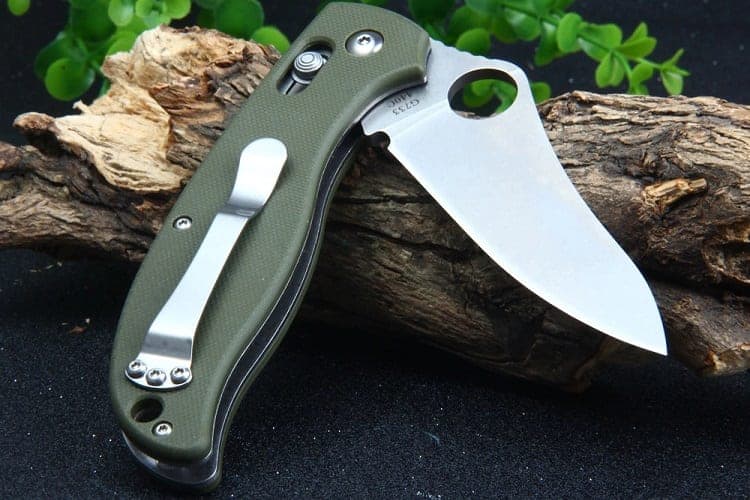
A folding knife inherently carries an additional hazard over its fixed-handle cousins. Because the blade folds back into the handle for storage, it poses a threat of closing back in across fingers or fingertips.
When opening or closing a folding knife, be sure to grasp the handle with fingertips and thumb against the sides of the handle, away from the blade channel. Be sure the blade is completely drawn from the channel and locks into place.
Failing to lock a folding knife into place can cause the blade to give way at the joint and fold back. When closing a folding knife, pay careful attention to fingertips and thumb, again. Grasp the knife’s handle on the sides and unlock the blade.
Holding the blade along the back of the spine, guide it carefully back into the channel.
Chisels, Files, Industrial Tools
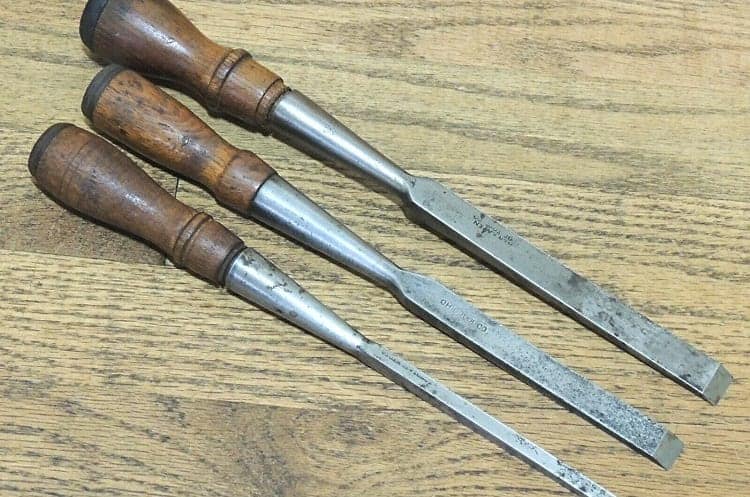
Some other kinds of blades are associated with industrial uses, like woodworking, leatherworking and other commercial applications.
A key source of injuries when using industrial blades is loose handles. All tools should be inspected for loose handles frequently. If a tool handle is found to be loose and can be replaced or tightened, do so immediately. Never a tool with a loose handle.
With some careful consideration, all knives and blades can be extremely useful. Without paying attention to small details, like knife sharpness, cutting surfaces or properly locked handles, a terrible injury could in any workplace.
Always take the time to keep your knives and blades properly cleaned and maintained. Learn how to sharpen the cutting surface for optimal safety and efficient use and you’ll be less like to hurt yourself.

